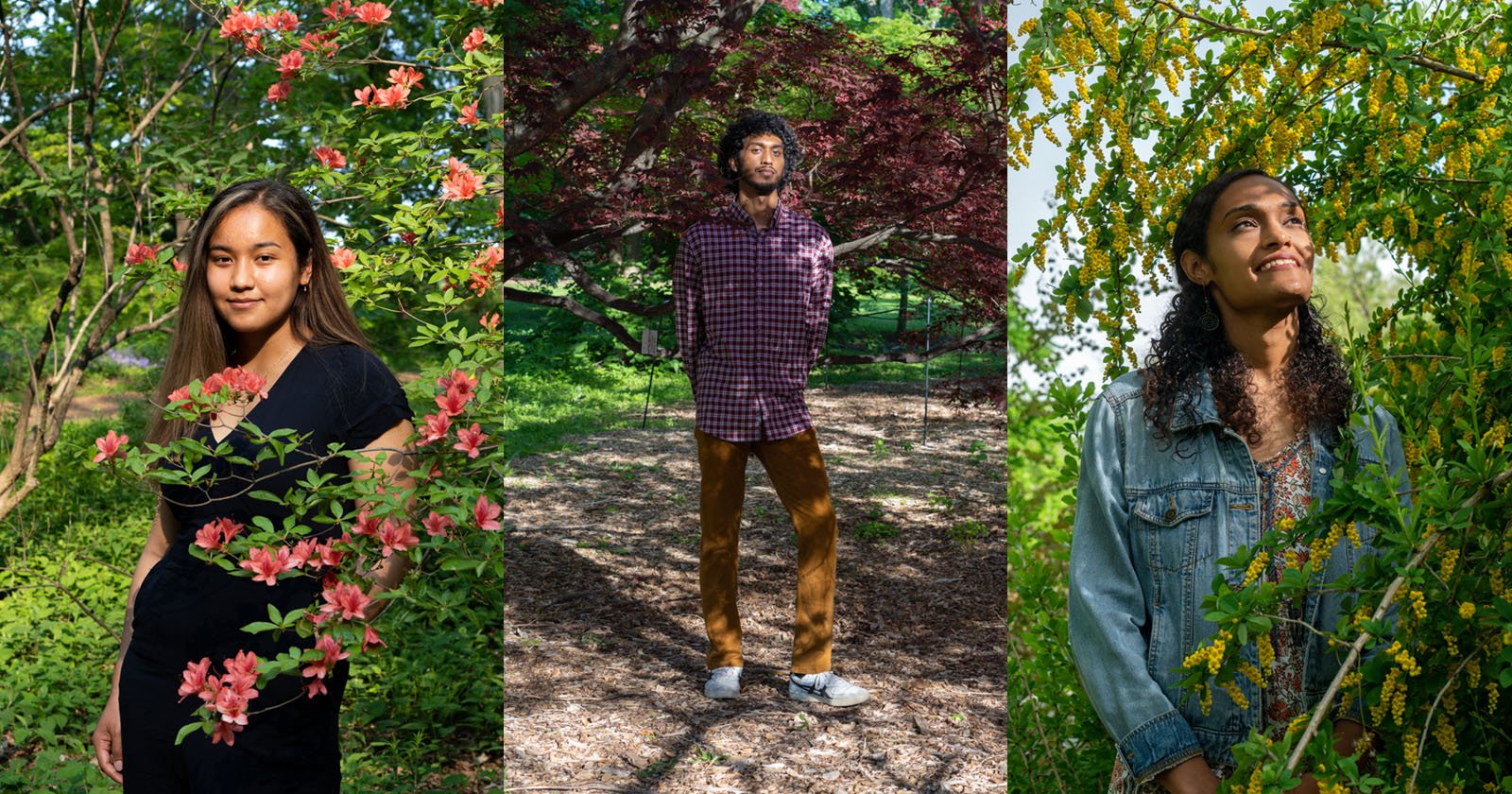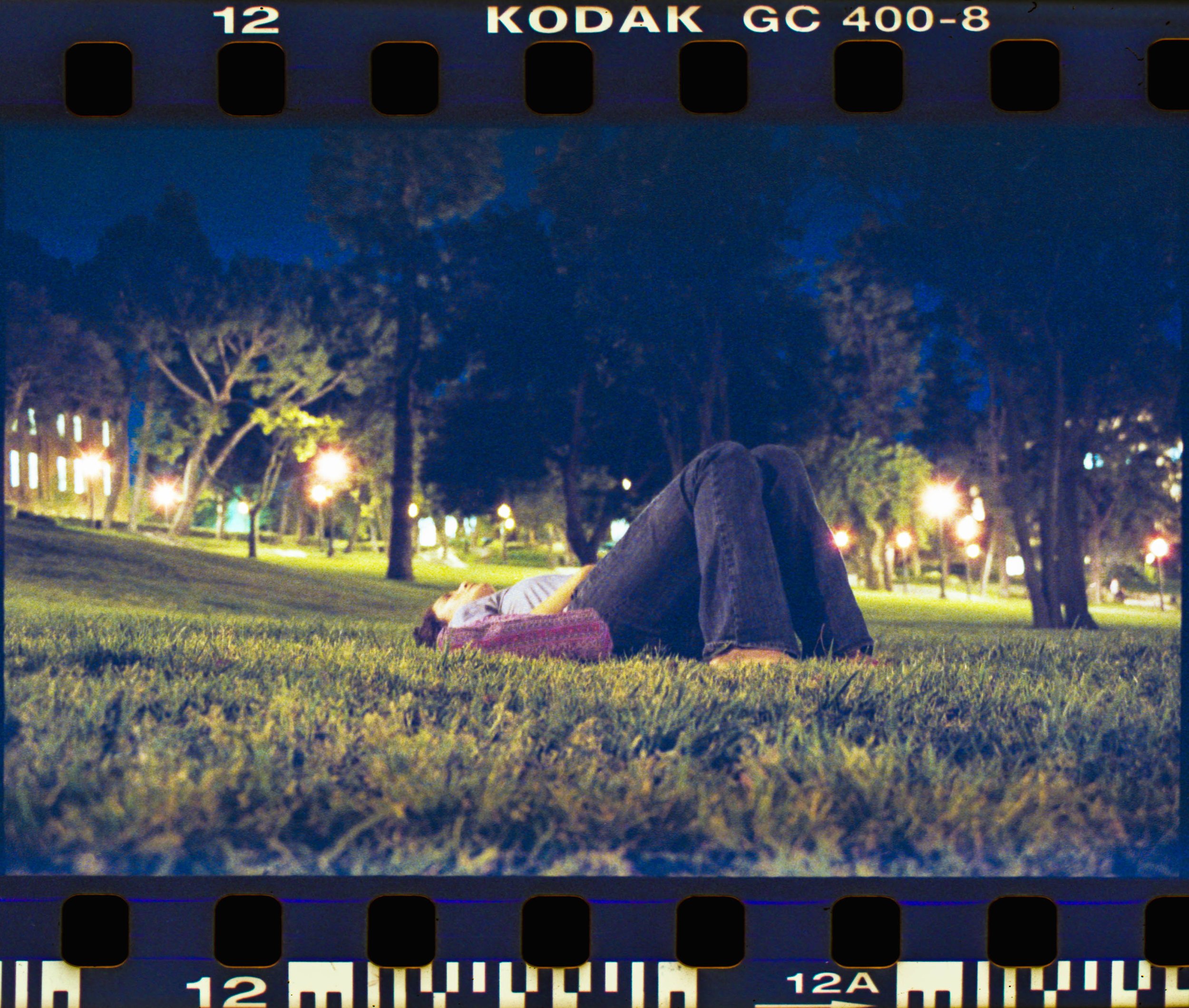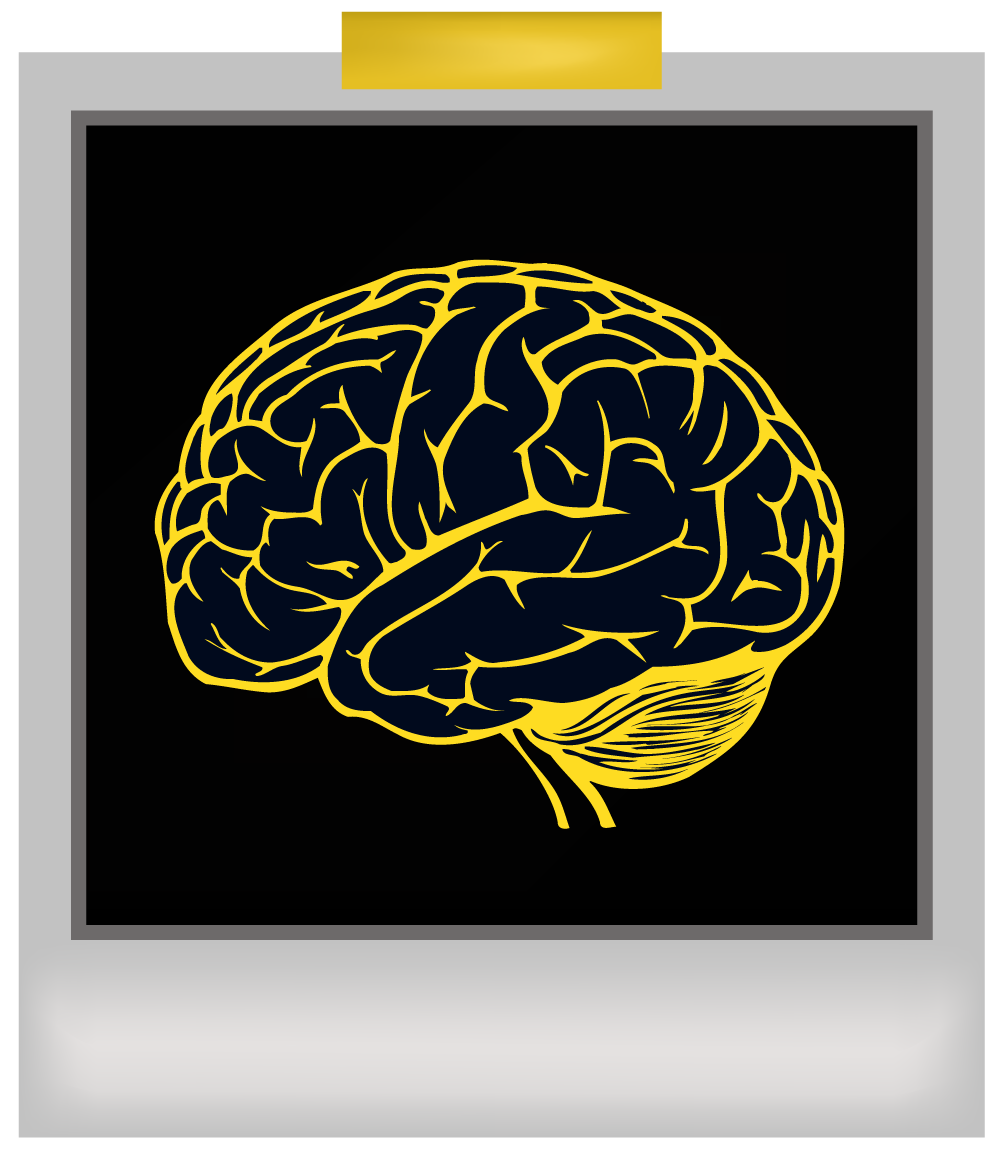Art + Science
Writing at the Intersection of Art and Science

Racial Justice Through the Lens of Science, Poetry, and Photography
Racial bias is well documented in photography—consider, for example, photographers’ inability to capture and expose darker skin tones with film. Within the emulsion of film, the chemicals that recapitulate light, is inherent social bias. There’s a distinct prejudice within the algorithms of our digital imaging technologies.

Nostalgia and the Collapse of Imagination
Photography emphasizes nostalgia to visualize and understand a future that we cannot—or try not—to imagine. The ever-increasing use of retro nostalgia within the space of photo-sharing may collapse the ability to imagine a coherent future by altering the region of the brain that forms autobiographical memories.

Philosophy of the Selfie
The selfie may be only pixel deep, but it is a way for us to preserve our sense of self. Selfies are, in a way, their own mirrors: they show our image for the world to see as we want to be seen, and they safeguard against the fear of losing control of our minds and lives.
Photography and the Feelings of Others: From Mirroring Emotions to the Theory of Mind
Our ability to identify with and imagine someone else’s point of view is deeply ingrained into the architecture of our brain. Photography plays a unique role in triggering the network of brain regions that underlie empathy. To understand how photographs activate the aforementioned brain network, it’s first necessary to deconstruct emotional processing into simpler components. In this article I’ll describe the brain regions that support one of the most fundamental social skills that humans have: that of imitation.
Instagram and Anxiety of the Photographer – Part III
Over the past few years, iPhoneography has created a new form of photography that has and will continue to re-structure how we interface with technology, gather and generate data, and how we create narratives. iPhone (and similar smartphone) users employ mobile photography to disseminate mass amounts of information, to subvert cultural institutions, and for political rallying. These behaviors parallel the same strategies of the radical Avant-Garde art movements of the 20th century.
Instagram and Anxiety of the Photographer – Part II
The Avant-Garde movements of the 1910s, the 1960s, and the 2010s (via mobile photography) have not only changed photography but did so by further integrating technology with art, allowing photography to become unbound from its predecessor, unbound from space, and unbound from time as we once knew it. It is this fracturing of photography and art into all imaginable directions that generates anxiety about the future of photography (art by proxy) and creates a new generation of photographers unbound by the past. This opens up an entire generation to forms of thought that is nearly absent from the previous generation.
How Artificial Intelligence Reconstructs Our Minds and Lives Using Our Photos
AI software analyzes digital images to reconstruct and map out the architecture of the brain. I will also show how the same software uses digital photos from social media sites to stitch together 3D models of entire cities. I will end by showing how this very type of AI analysis is used to reconstruct an individual’s personal information as a way of predicting human behavior.
The Decisive Moment and the Brain
As a photographer, you will sooner or later bump into the phrase the decisive moment. The decisive moment is a concept made popular by the street photographer, photojournalist, and Magnum co-founder Henri Cartier-Bresson. The decisive moment refers to capturing an event that is ephemeral and spontaneous, where the image represents the essence of the event itself.
The Science of Gear Acquisition Syndrome
Stress affects our desire to seek out rewards. When something stressful happens, the body responds by releasing stress hormones. These hormones are released throughout the body and brain. Stress hormones decrease our ability to inhibit impulsive behaviors and increase our desire to find rewards. Because of stress, we are sometimes unable to control desire for rewards that alleviate stress. Below, I will talk about a potential source of stress that promotes gear acquisition syndrome.

Manipulated Photographs, Manipulated Memories
Photo manipulation is nearly as old, if not as old, as photography itself. It has been used in state propaganda, to unify nations, for aesthetic and creative expression, to generate fear, and the list goes on and on. As technology advances, altering photographic images has become quite easy. This begs the question: do the images we see convey accurate information?

Memory, Photography, and the Human Brain
There has been a good deal written about the similarities of the camera to the eye as well as the computer to human memory. What I would like to do is clarify the uniqueness of the human brain from camera technology and at the same time show the similarities between brain function, photography and cognition.
